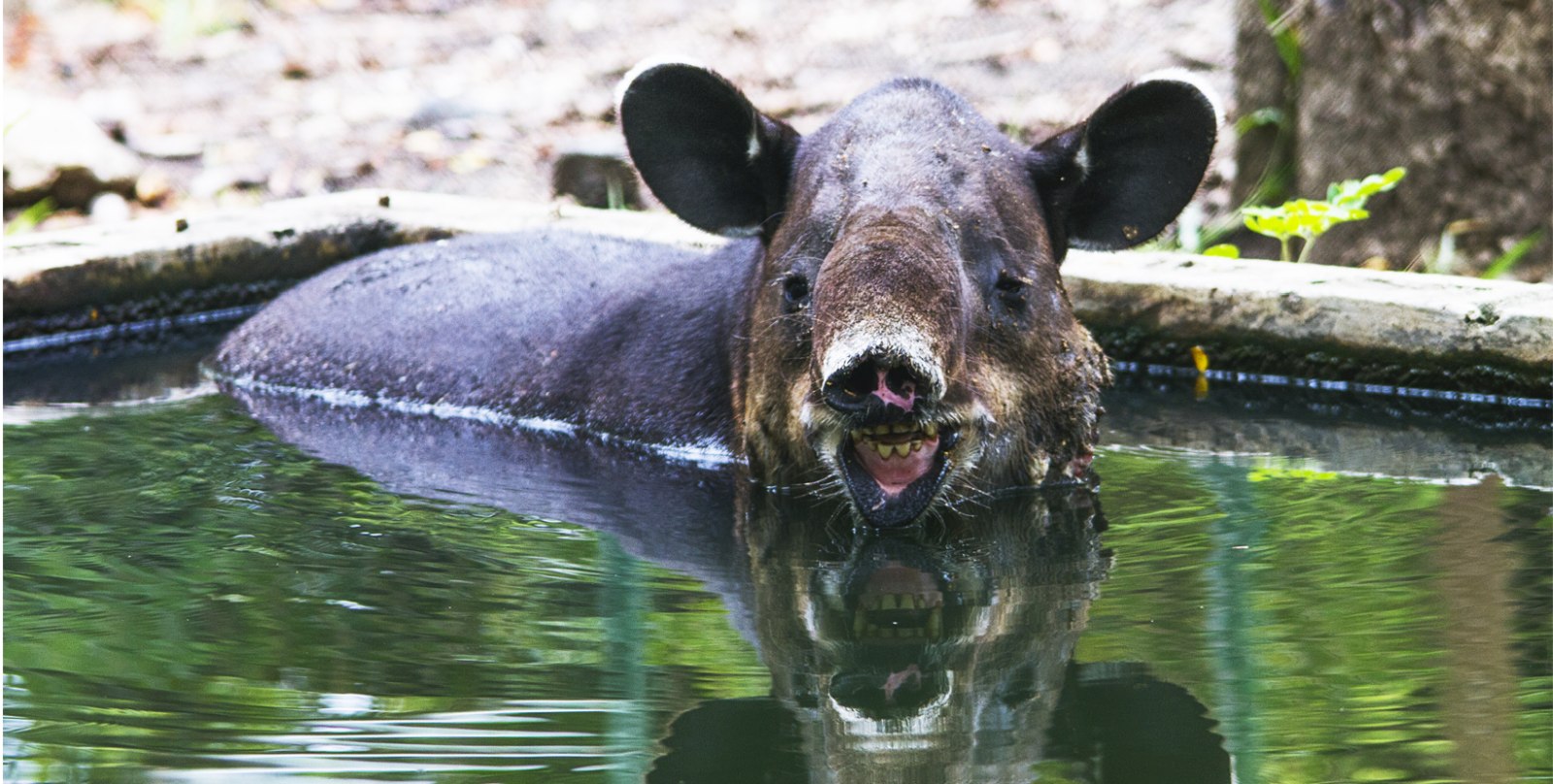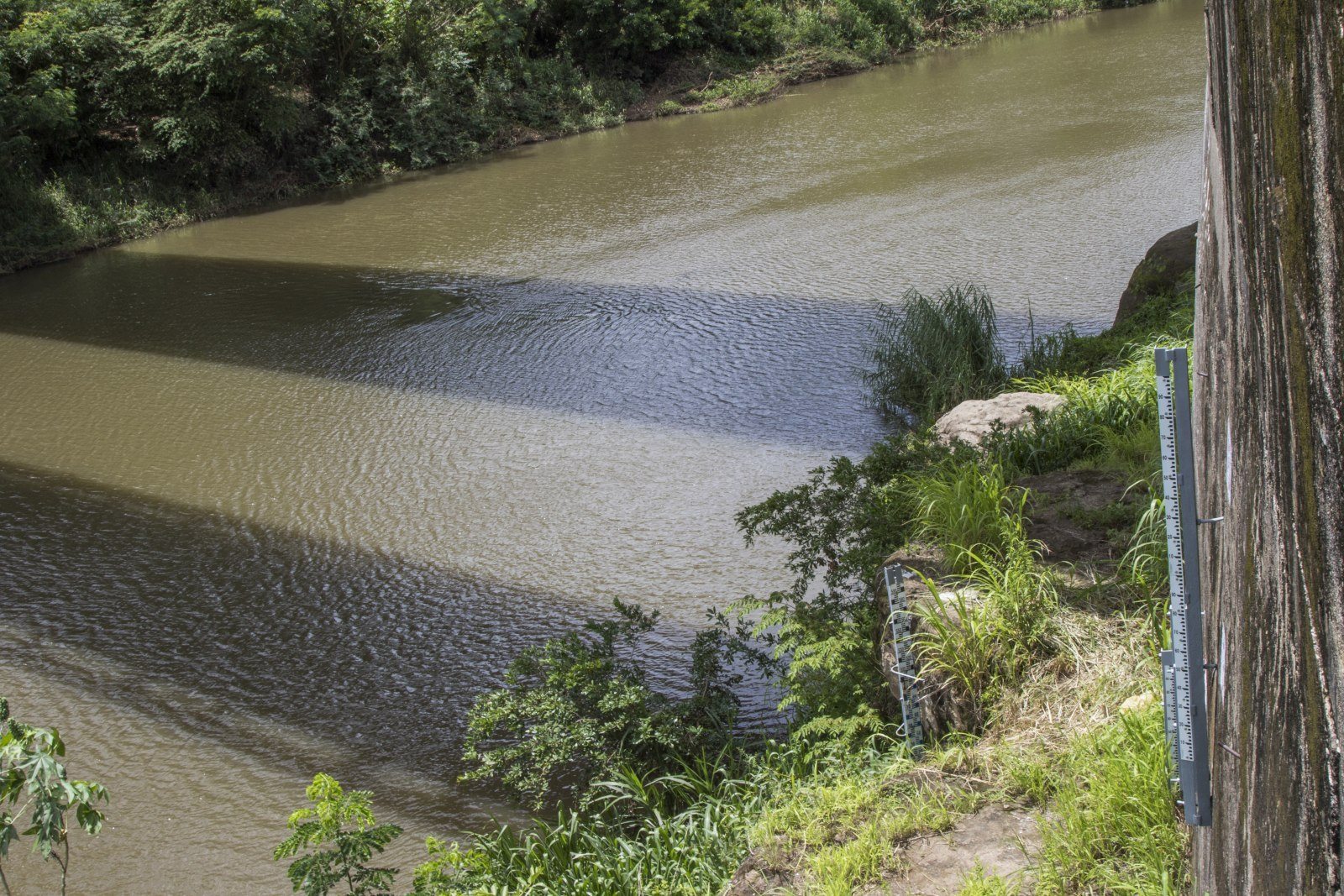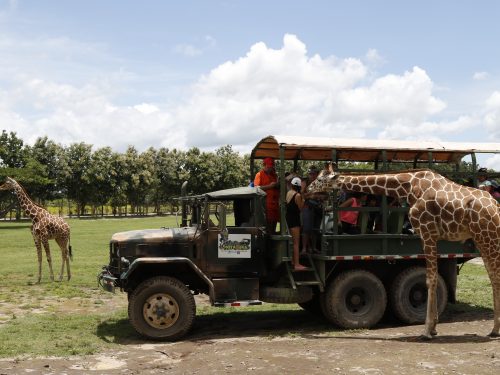
The small amount of rainwater that fell from May to August has affected dozens of animals at the Safari Tempisque Zoo, located in Rosario de Nicoya, some 30 kilometers from the canton’s capital.
The most affected animals are those that live in artificial lakes, such as capybaras, tapirs and alligators, as the lakes have been reduced in recent months, limiting available space.
“The drought has affected the flow in the animals’ lakes, because the level of water in the wells has decreased and that affects us,” said Wilson Marchena Guevara, who is in charge of feeding and caring for the dozens of animals at the refuge.
Guevara stated that, in the search for more water, they have explored the Tempisque River’s canals as a partial solution.
To guarantee the species’ well-being, every week a veterinarian checks the health of more than 50 animals.
Natural Variety
Those who visit the zoo can see animals such as ostriches, boas, capybaras, a margay, emus, pheasants, geese, chickens, agoutis, green iguanas, wild boars, alligators, rheas, an ocelot, monkeys, a peacock, fish, great curassows, pacas, turtles, deer and wild pigs.
In addition, the center keeps 18 scarlet macaws in captivity, as well as one green macaw and a blue one that comes from Brazil, as blue macaws are not native to Costa Rica.
In addition, there are eight scarlet macaws that live near the zoo and occasionally come looking for food. This year, two scarlet macaw offspring were born in the refuge.
.







Comments